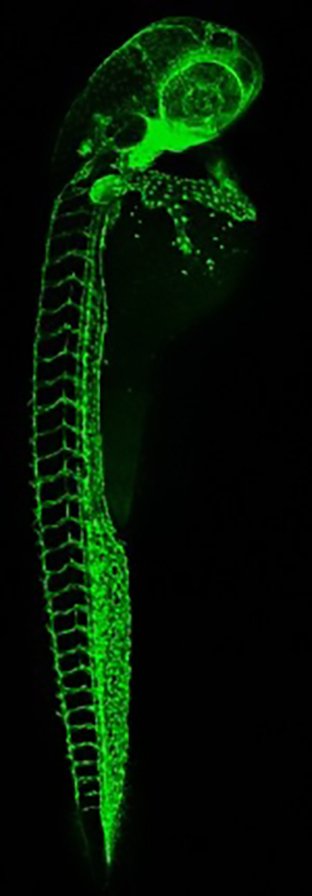Clue to how the circulatory system is wired
A new mechanism that regulates the way blood vessels grow and connect to each other has been discovered by an international team of researchers at Karolinska Institutet, and Heinrich Heine University Düsseldorf, Germany. The knowledge might open up new opportunities for future cancer therapy. The study is published in the scientific journal PNAS.

If stretched out, the blood vessels in a human body would reach more than twice around the earth. The complex circulatory system nourishes every cell of our body and proper development of new blood vessels is crucial for embryonic development.
In the current study, the scientists demonstrated for the first time that the enzyme glutaredoxin 2 has an essential role during cardiovascular development. Glutaredoxin 2 belongs to a family of enzymes that convey specific signals within cells. In previous studies, the same researchers have shown that glutaredoxin 2 is indispensable for nerve cell survival during embryonic brain development.
Genetically modified
To reduce the number of laboratory mice used, the team was running most of their experiments in zebrafish that were genetically modified so that the circulatory system glowed in a green fluorescent colour. As the young zebrafish is completely transparent, the scientists could follow the growth of the fluorescent blood vessels directly under the microscope.
When levels of glutaredoxins were reduced, the blood vessels of the zebrafish embryos were growing randomly without establishing a proper circulatory system. The researchers found that glutaredoxin 2 controls a chemical switch in another protein, sirtuin 1, and that this simple modification of a single amino acid is vital for the circulatory system to develop normally.
Promote angiogenesis
This knowledge is not only essential to better understand development of our circulatory system in general. Growth of new blood vessels, a process called angiogenesis, also plays a crucial role in the pathology of many diseases, including cancer. The ability to promote angiogenesis is a hallmark of cancer, since growing tumours and metastasis are dependent on vessel formation.
"The understanding how blood vessels develop and how this process can be modulated, can provide a new way to fight cancer in the future", says first study author Lars Bräutigam, at the Department of Medical Biochemistry and Biophysics of Karolinska Institutet and also affiliated with the Science for Life Laboratory (SciLifeLab) in Stockholm.
The work was performed mainly at the Department of Medical Biochemistry and Biophysics, the Department of Tumour and Cell Biology at Karolinska Institutet, Sweden, and Heinrich Heine University Düsseldorf, Germany. Researchers at Linköping University, Sweden also participated in the work. Study leader was Carsten Berndt. The study was supported by funding from Karolinska Institutet, the research commission of the Medical Faculty of Heinrich Heine University, the Knut and Alice Wallenberg foundation, the Swedish Cancer Society and the Swedish Research Council.
Publication
Glutaredoxin regulates vascular development by reversible glutathionylation of sirtuin 1
Bräutigam L, Jensen L, Poschmann G, Nyström S, Bannenberg S, Dreij K, et al
Proc. Natl. Acad. Sci. U.S.A. 2013 Dec;110(50):20057-62.
